Truth by The Jeff Back Group
Buy Truth There probably has never a debut album like Jeff Beck‘s 1968 solo debut, Truth. This album, of unique interpretations of diverse covers, introduced the talents of future superstar Rod Stewart on […]

Buy Truth There probably has never a debut album like Jeff Beck‘s 1968 solo debut, Truth. This album, of unique interpretations of diverse covers, introduced the talents of future superstar Rod Stewart on […]
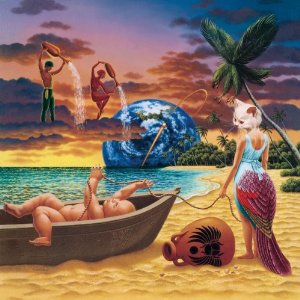
Buy Trial by Fire For Journey‘s most avid fans, the 1996 album Trial By Fire may be best described as one last guilty dip into the group’s heyday of the previous decade. With […]
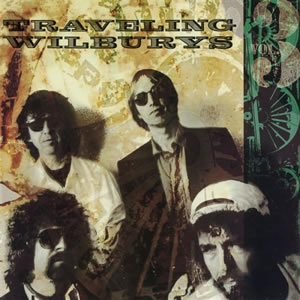
Buy Traveling Wilburys Vol. 3 As heralded and popular as the Traveling Wilburys 1988 debut album was, the 1990 follow up Traveling Wilburys Vol. 3 was relatively ignored. In part, this was the […]

Buy Traveling Wilburys Vol. 1 “Super Groups” were commonplace during the seventies and eighties, often causing much hype which was rarely surpassed by the music itself. But in the case of the Traveling […]
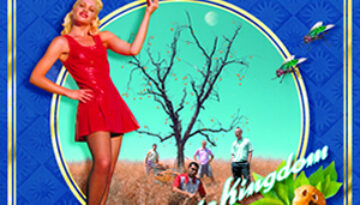
Buy Tragic Kingdom No Doubt offered an upbeat breath of fresh air to the mid nineties with their dynamic masterpiece, Tragic Kingdom. This third overall studio album by the California-based rock band found tremendous […]
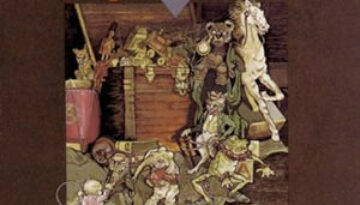
Buy Toys in the Attic Aerosmith scored their first real commercial success with their third album, Toys in the Attic. Released in 1975, this album establishes a distinct rock sound for the group […]
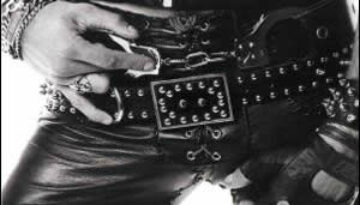
Buy Too Fast for Love Perhaps more than any other band, Mötley Crüe epitomized the “hair band” phenomena of the 1980s, with their updated version of 1970s glam. But they did have a […]
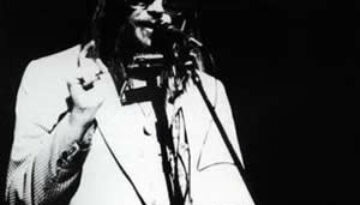
Buy Tonight’s the Night During an era of glam rock and progressive virtuoso, Neil Young delivered a raw and genuine record with Tonight’s the Night. Although released in mid 1975, the music on […]

Buy Tommy If any humble reader seeks to be enlightened to the ways of spiritual rock and roll I’d suggest they start with Tommy. The fourth studio album by The Who is a […]
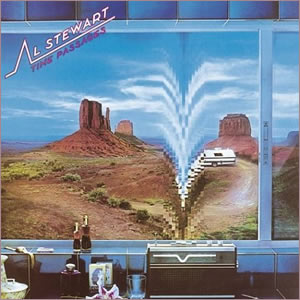
Buy Time Passages Time Passages was the third of Al Stewart‘s popular late seventies albums, following Modern Times in 1975 and Year of the Cat in 1976. While all three of these albums […]